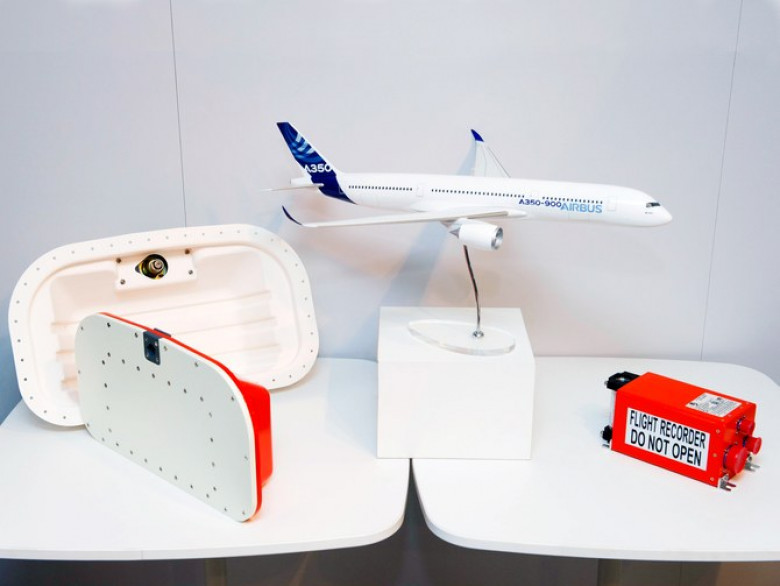Airbus' New Black Boxes Will Eject From Crashing Planes, So They're Easier to Find
It's been more than three years since Malaysian Airlines Flight 370 vanished, and after spending $150 million and scouring a huge chunk of the Indian Ocean, the international search effort has turned up just a few scraps of metal. It now seems likely investigators will never find the bulk of the wreckage nor the Boeing 777's black boxes, and as a result will never really know why it went down, or how to prevent it happening again.
Airbus says it has a solution: deployable flight data recorders. On large planes that frequently fly over water or remote areas, the European aircraft manufacturer will install a second, redundant black box near the rear of the fuselage, with a mechanical ejection system.
If the plane crashes into the ocean, the recorder will pop out to safety, floating and pinging away with an emergency locator transmitter, to help rescue teams find it and its valuable testimony about what went wrong. The ejection function is just one feature of Airbus' new black boxes (which are actually fluorescent orange), which are smaller and more capable than the current generation, able to record 25 hours of cockpit voice and data, up from the current two hours.










































































